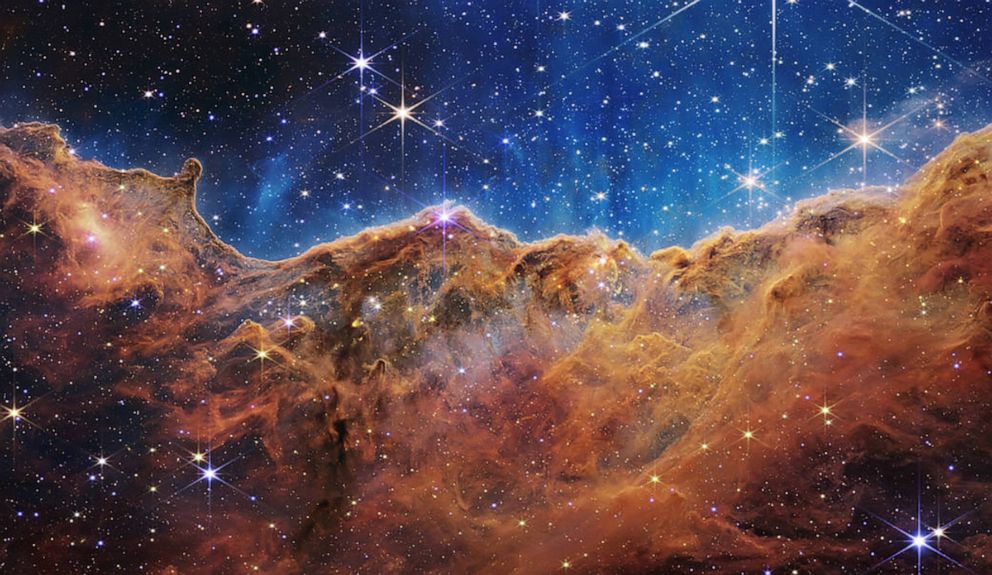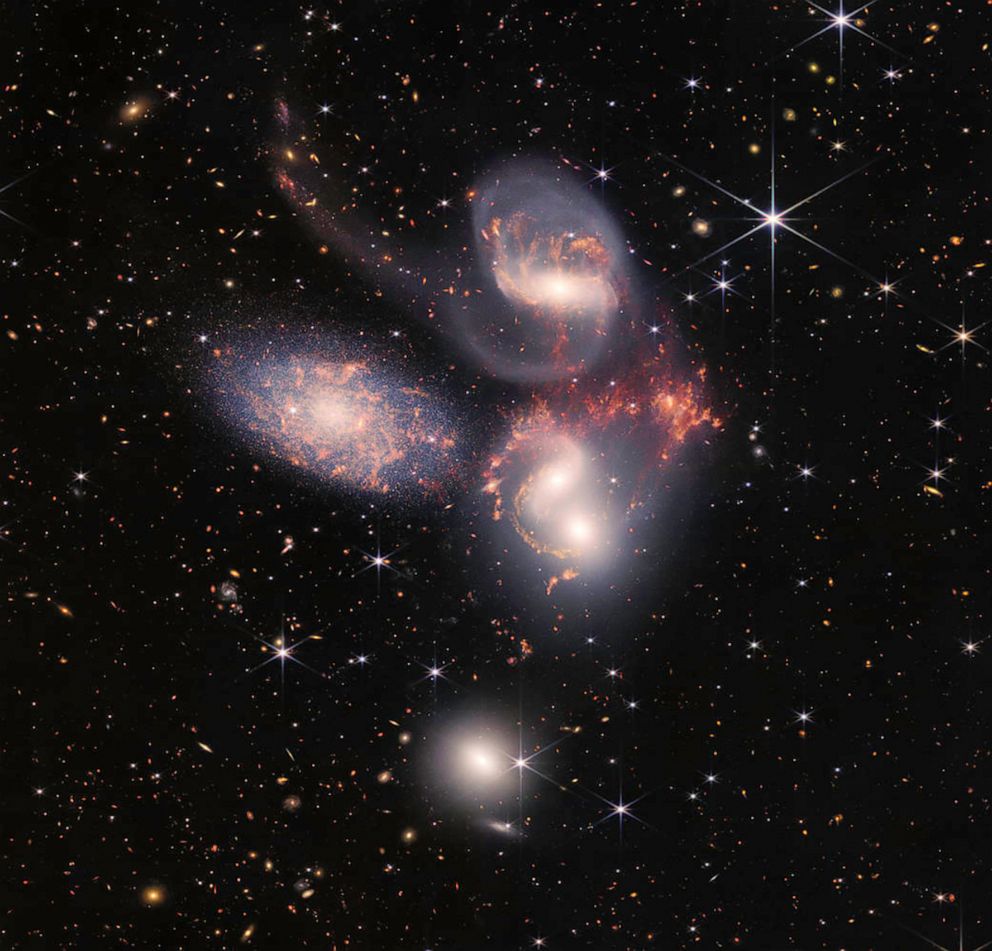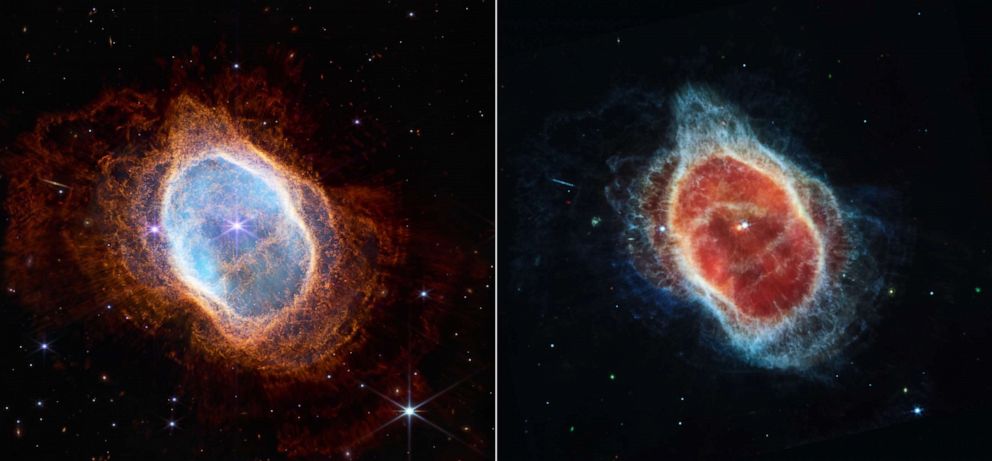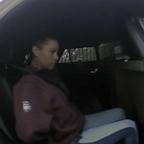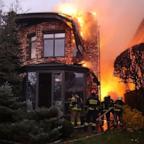NASA shows difference between Webb and Hubble
NASA revealed the difference in images taken by the James Webb Space Telescope, the first of which were revealed Tuesday, and its predecessor, the Hubble Space Telescope.
In a tweet, the space agency posted images of Stephan’s Quintet, a cluster of five galaxies -- four of which interact.
The 2009 image taken by Hubble was captured over the span of several weeks and show the galaxies surrounded by several stars.
Meanwhile, the 2022 image taken by Webb was captured in less than one week and reveals hundreds of star formations never seen before because the telescope uses infrared technology, which reveals objects invisible to the human eye due to being surrounded by clouds, gas and dust.
